Contact Details

Walter USA LLC has introduced the Walter Prototyp Proto-max Inox, a solid carbide end mill that typically boosts stainless steel machining performance by as much as 50 percent when compared with conventional, universal solid carbide end mills. This dramatic performance jump is due to the fact that Walter optimized Proto-max Inox for machining ISO M materials such as stainless steel with features like a four-flute cutter with two internal helical coolant channels for optimized coolant delivery and efficient chip removal, a problem often associated in many stainless steel machining applications. The mills ensure a high degree of process stability and increased tool life while simultaneously boosting productivity.
In addition, the Proto-max Inox features a new TAA coating with a TiAlN base and an optimized micro geometry to increase wear resistance and protect against edge build up. It also provides for a smooth workpiece finish. Another key feature is that with its unequal helix angles (35 and 38 degrees) this new end mill is able to achieve low vibration operation, boosting tool life and significantly improving surface quality.
These features make the Proto-max Inox an ideal choice whenever high machining rates and superior surface finishes in the machining of materials from the ISO M group are priorities. This includes numerous applications in general mechanical engineering, as well as in medical and food processing equipment, as well as in aerospace engineering. The mills come in diameter ranges from 6-20mm, with or without corner radii.
To aid busy users in rapid tool selection, Walter has inscribed the code letter M on the shank of the tool. This stands for the ISO M material group, allowing the users to immediately identify the primary application of the tool.
Related Glossary Terms
- coolant
coolant
Fluid that reduces temperature buildup at the tool/workpiece interface during machining. Normally takes the form of a liquid such as soluble or chemical mixtures (semisynthetic, synthetic) but can be pressurized air or other gas. Because of water’s ability to absorb great quantities of heat, it is widely used as a coolant and vehicle for various cutting compounds, with the water-to-compound ratio varying with the machining task. See cutting fluid; semisynthetic cutting fluid; soluble-oil cutting fluid; synthetic cutting fluid.
- milling machine ( mill)
milling machine ( mill)
Runs endmills and arbor-mounted milling cutters. Features include a head with a spindle that drives the cutters; a column, knee and table that provide motion in the three Cartesian axes; and a base that supports the components and houses the cutting-fluid pump and reservoir. The work is mounted on the table and fed into the rotating cutter or endmill to accomplish the milling steps; vertical milling machines also feed endmills into the work by means of a spindle-mounted quill. Models range from small manual machines to big bed-type and duplex mills. All take one of three basic forms: vertical, horizontal or convertible horizontal/vertical. Vertical machines may be knee-type (the table is mounted on a knee that can be elevated) or bed-type (the table is securely supported and only moves horizontally). In general, horizontal machines are bigger and more powerful, while vertical machines are lighter but more versatile and easier to set up and operate.
- shank
shank
Main body of a tool; the portion of a drill or similar end-held tool that fits into a collet, chuck or similar mounting device.
- titanium aluminum nitride ( TiAlN)
titanium aluminum nitride ( TiAlN)
Often used as a tool coating. AlTiN indicates the aluminum content is greater than the titanium. See coated tools.
- wear resistance
wear resistance
Ability of the tool to withstand stresses that cause it to wear during cutting; an attribute linked to alloy composition, base material, thermal conditions, type of tooling and operation and other variables.


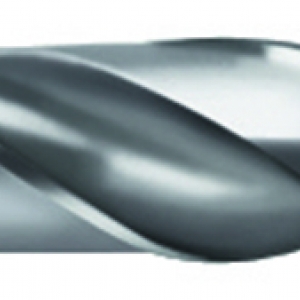
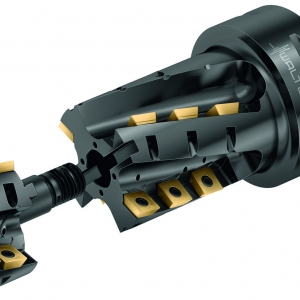

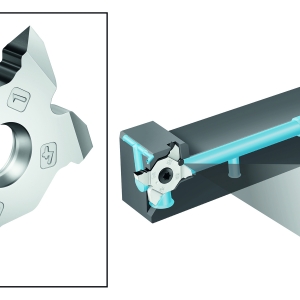
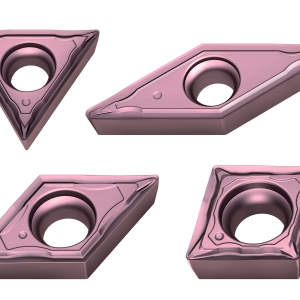
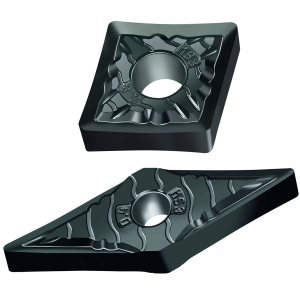
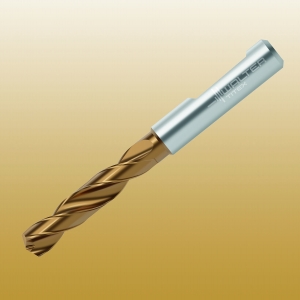
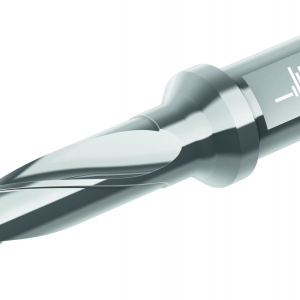
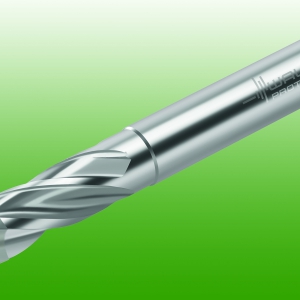
 PRODUCTS
PRODUCTS

